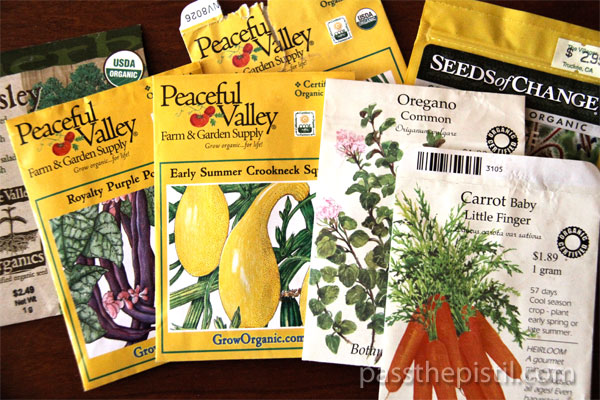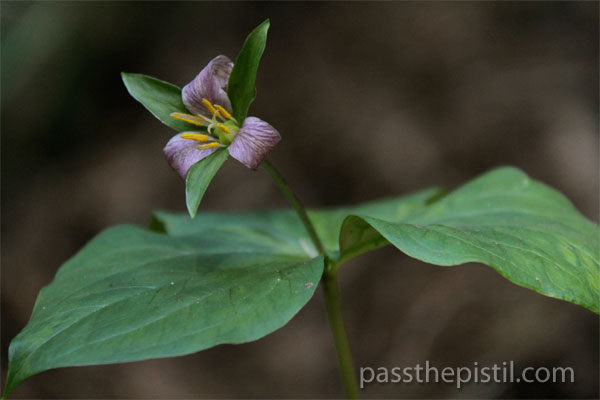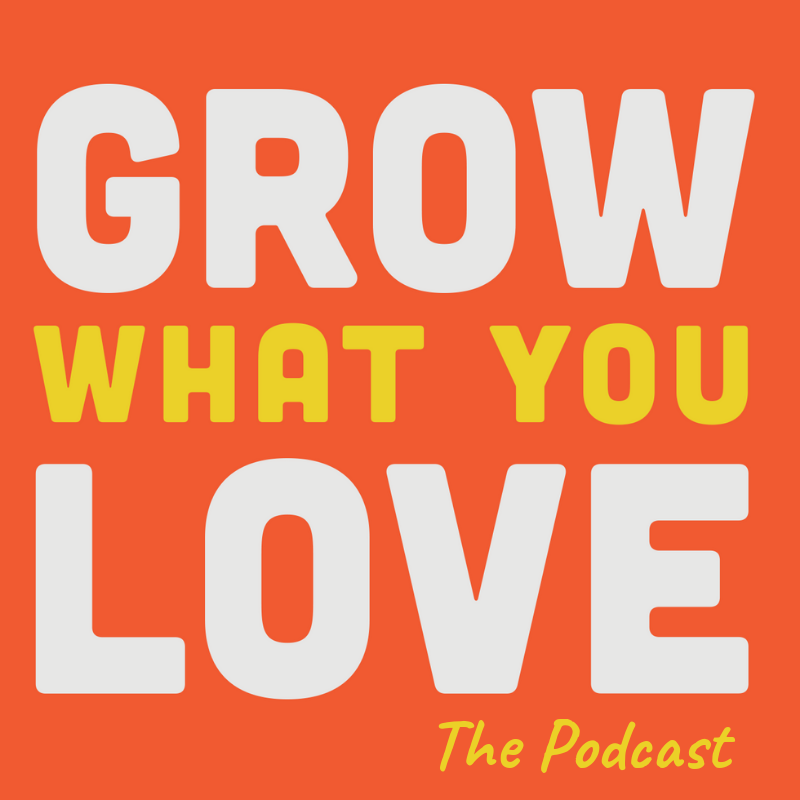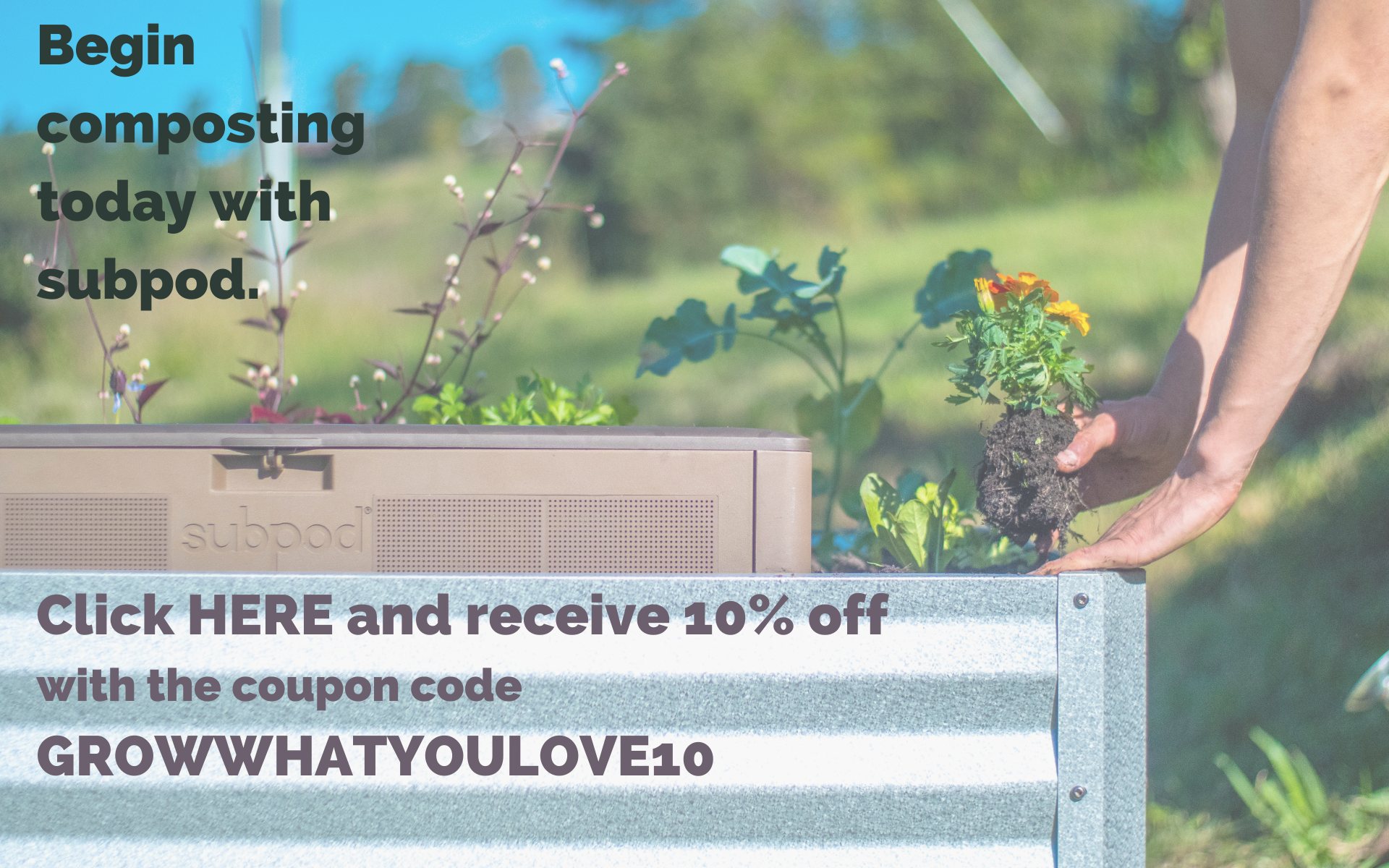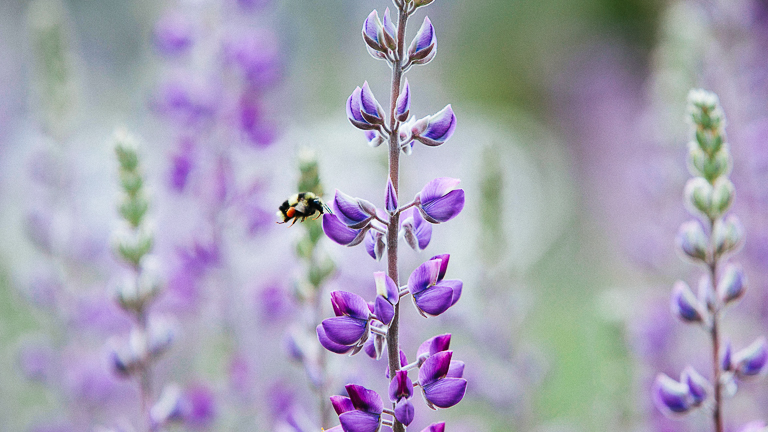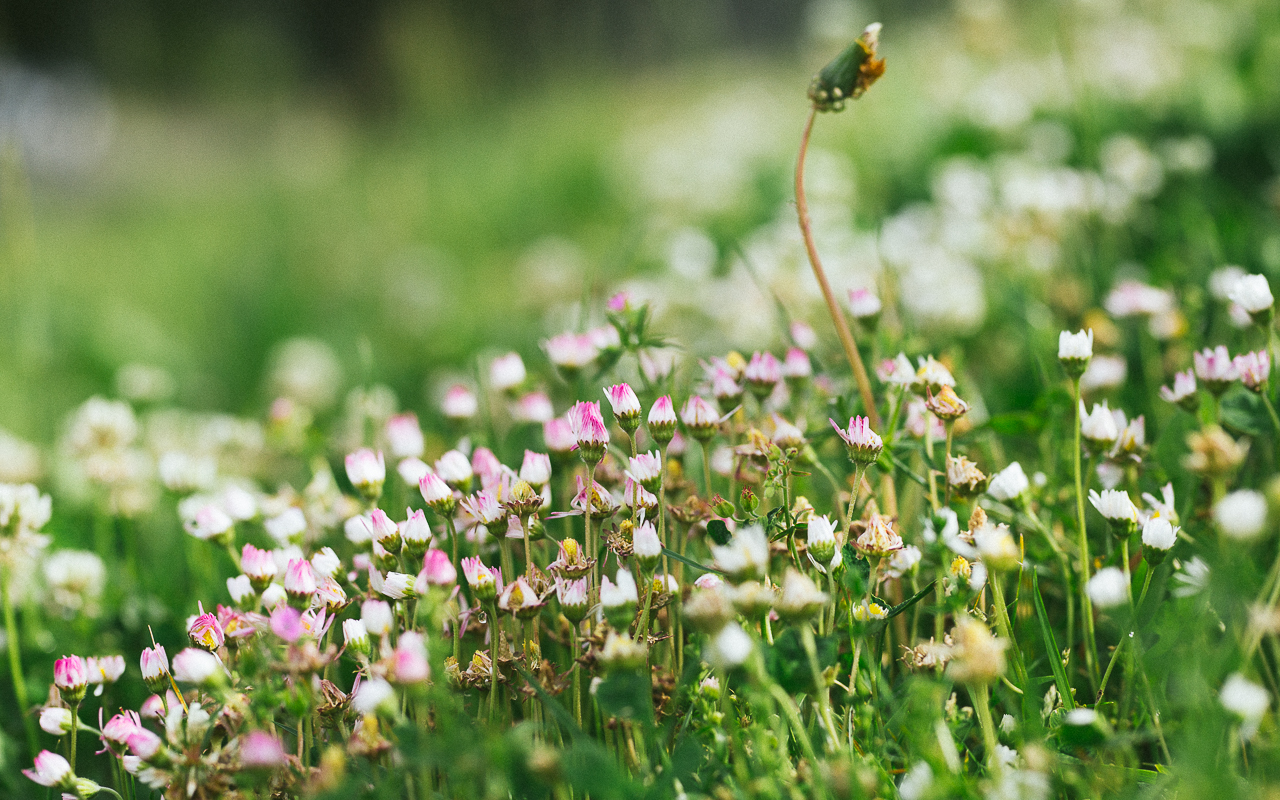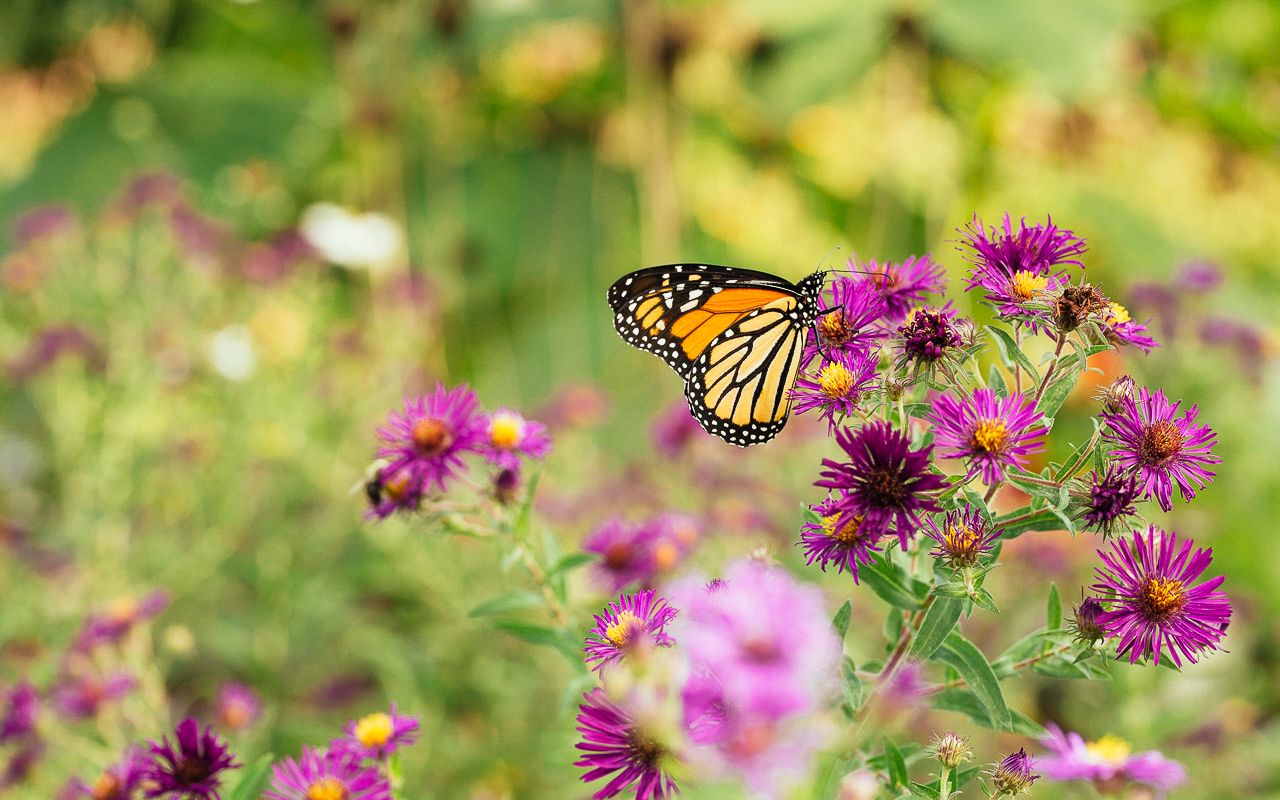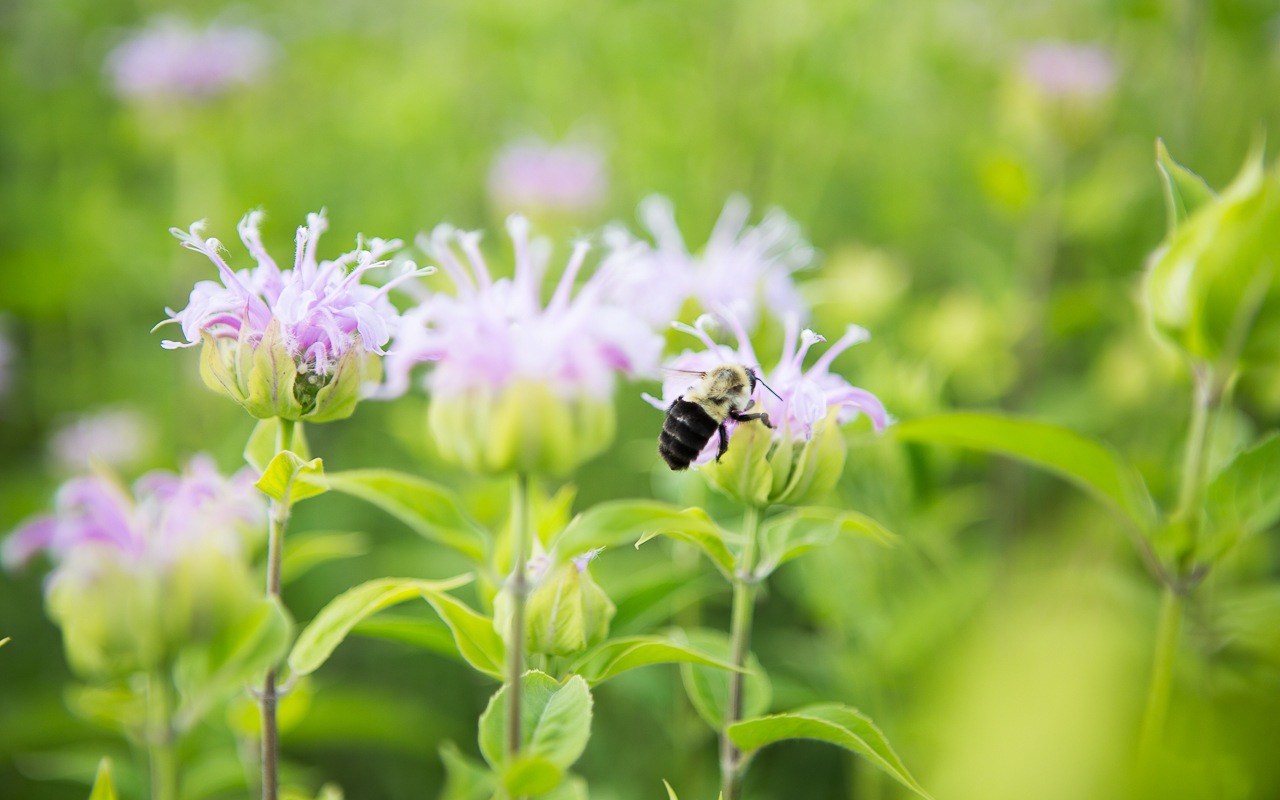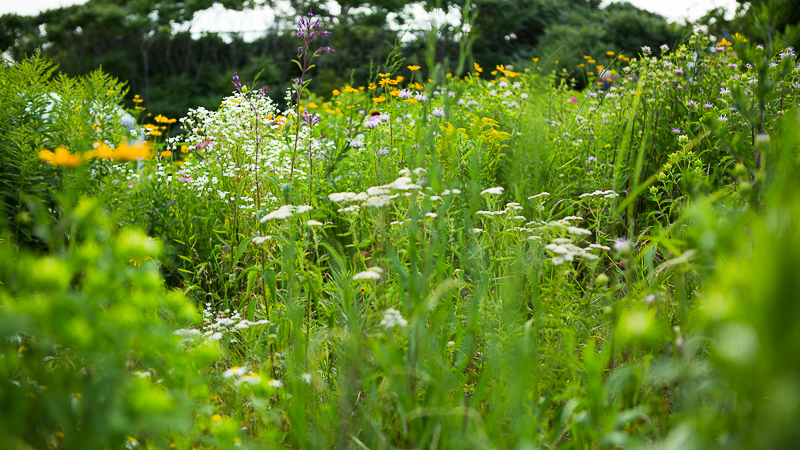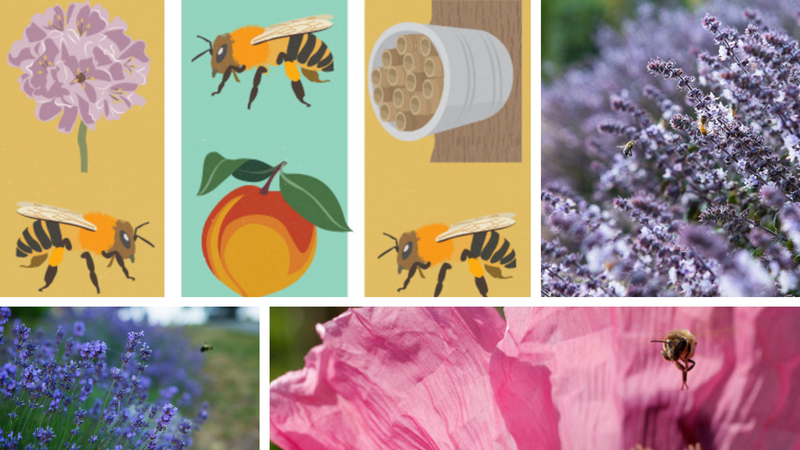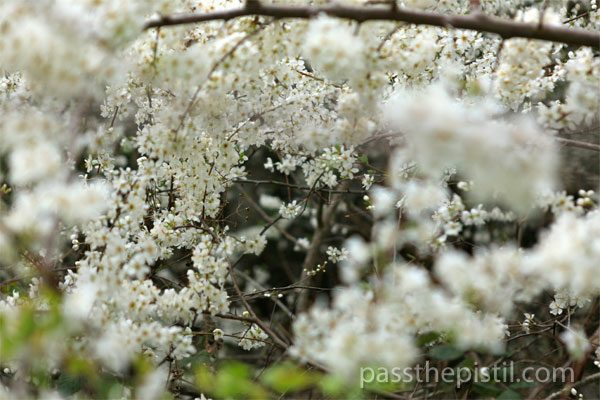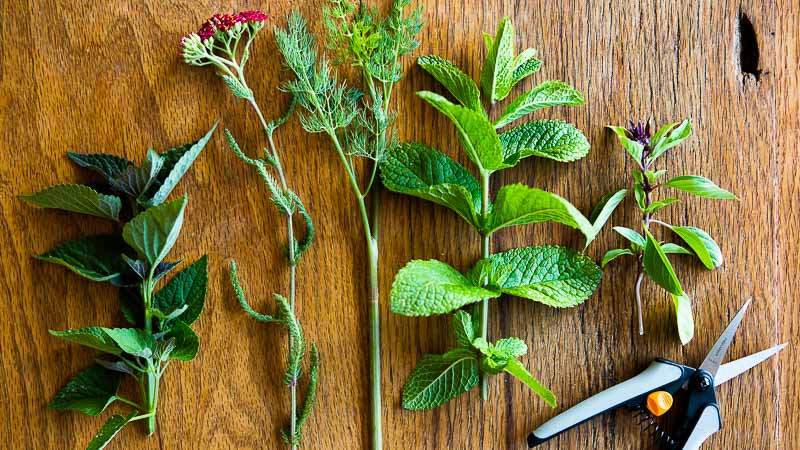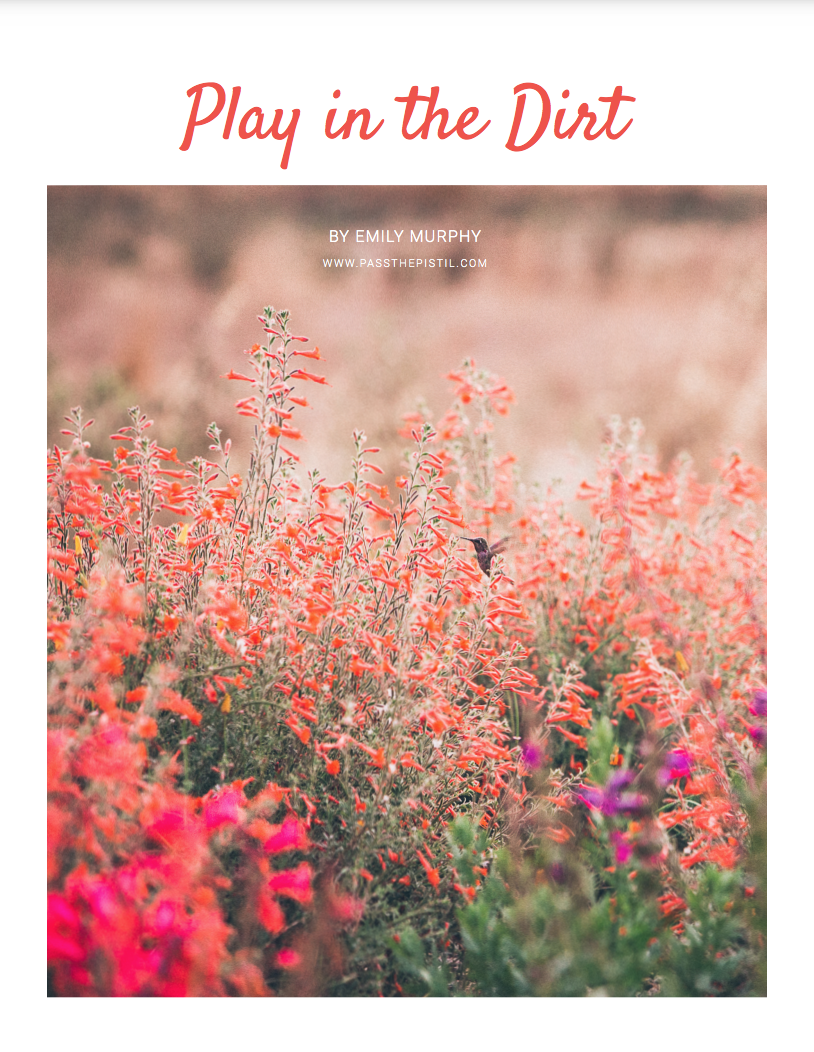Pollinator Allure: Bumblebees & Native Plant Pollination
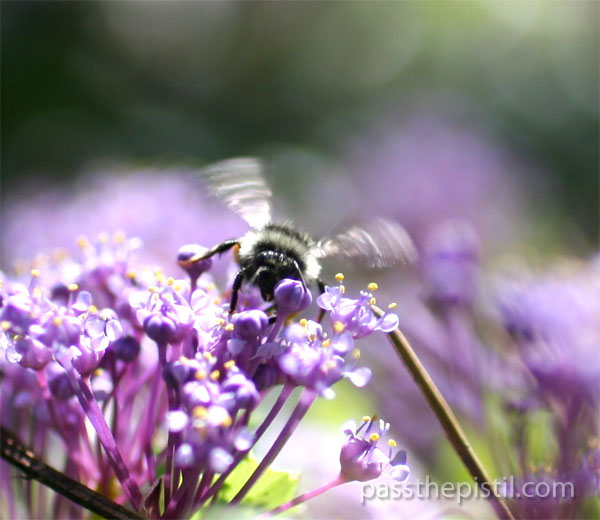
A bumblebee forages on Squaw Carpet, Ceanothus prostratus.
Squaw Carpet, also known as Mahala Mat, is one of the first native plants to flower in the higher elevations of the Sierra Nevada. If you find it you’ll also find bumblebees zipping around, one flower to the next. Sacks of pollen weighing down hind legs like heavy suitcases.
A study examining bumblebee behavior and native plant pollination has two important findings. The first measures cross pollination and the second examines the effect of non-native plants on native plant pollination success.
If unfamiliar, cross-pollination occurs when the pollen of one individual comes into contact with the flower (the reproductive organ) of another individual of the same species. Self-pollination is just that. Pollen from an individual fertilizing itself. In science, success is measured by an individuals ability to reproduce. Success is greater with cross-pollination.
The study, Flight of the Bumblebee, found that 80% of seeds are cross-pollinated in the first flower visited on an individual plant. However, 90% of seeds were self-pollinated by the time bustling bees visited the 4th flower of the same plant. This is interesting, but the next set of findings is maybe more so.
A native species of monkeyflower was used to conduct the study. When an invasive non-native species, purple loosestrife, was added as a variable it proved itself to be a “bee magnate”. Luring pollinators away from the native plant, out competing for the attentions of bumblebees.
Researchers concluded that “this preference for purple loosestrife or other exotics could threaten reproduction of native plants and have devastating effects on ecosystems.” The presence of non-native species effects native plant success and therefore regional ecology. If it’s not purple loosestrife it will be another non-native, a garden escapee or unwitting transplant, to entice our favorite pollinators, leading them astray.
University of Wisconsin – Milwaukee (2006, October 29). Flight of the Bumblebee: Flower Choice Matters. ScienceDaily. Retrieved February 2, 2011, from http://www.sciencedaily.com /releases/2006/10/061027183554.htm
Listen
Buy The Book
Special offers
Newsletter Signup
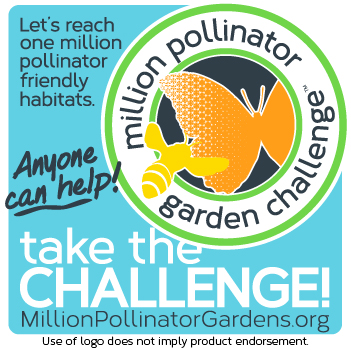
Archives
Disclosure
Pass The Pistil is a participant in the Amazon Services LLC Associates Program and other affiliate programs such as Etsy, affiliate advertising programs designed to provide a means for sites to earn fees by advertising and linking to curated affiliate sites.


